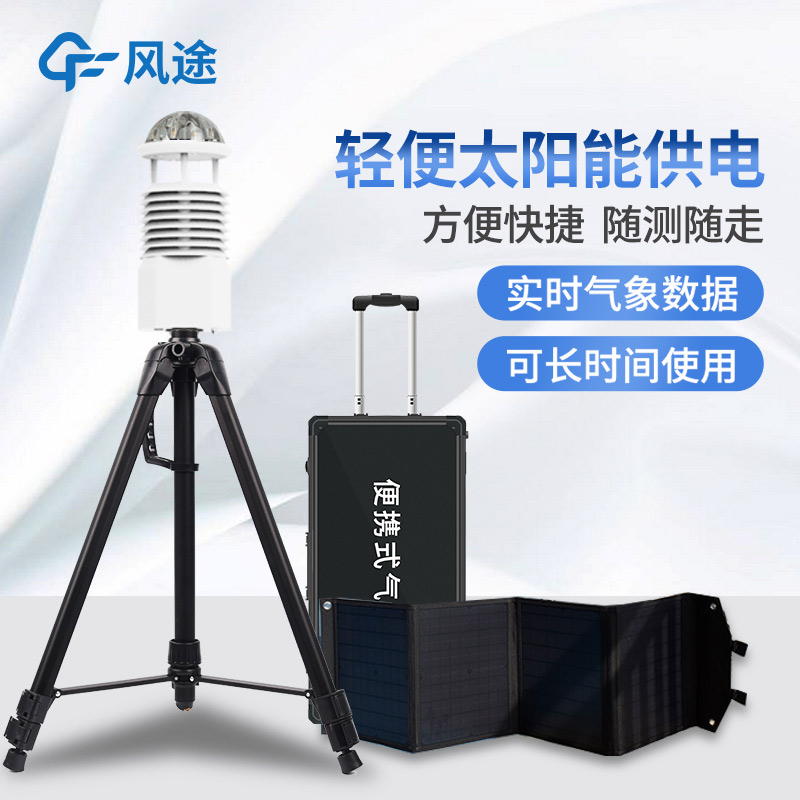Meteorological environment monitoring equipment supplier
Insist on doing high-precision customer favorite technology products
The portable meteorological observer is a device that combines the detection functions of many meteorological parameters. It adopts an integrated structural design with exquisite craftsmanship and is capable of collecting a variety of meteorological data including temperature, humidity, wind direction, wind speed and atmospheric pressure. By comprehensively analysing these data, it provides users with practical reference information.
The device has a wide range of applications in various fields such as environmental monitoring, meteorological research, scientific exploration and emergency response. Whether in scenarios such as outdoor expeditions, pollution assessment or disaster warning, it can provide immediate and reliable data support to help users make more informed decisions.
The instrument is designed to provide users with a versatile and portable solution to meet the need for accurate monitoring under changing meteorological conditions. The compact body design is not only easy to carry, but also able to adapt to a variety of harsh outdoor environments, ensuring stable operation under extreme weather conditions.
In the field of environmental monitoring and emergency protection, the equipment is able to respond quickly and provide decision makers with critical field data. For example, in industrial pollution accidents, the equipment can quickly determine the direction of the spread of pollutants and the scope of influence, to help the relevant departments to take timely measures to reduce the impact of pollution. It can be used to quickly identify areas downwind of the source of pollution, provide real-time monitoring of the area where the pollution is spreading, and quickly determine the best on-site sampling points.
With data storage capabilities, this device is able to continuously record and save meteorological data, providing users with a powerful tool for long-term monitoring and in-depth analysis. This capability not only helps users to track and analyse long-term changes in meteorological conditions, but also provides a solid data base for scientific research, environmental management and policy formulation by identifying meteorological patterns and trends. The accumulation of long-term data also facilitates the calibration of equipment to ensure the accuracy of measurements and promotes data-sharing, enhancing the exchange of information among different users and research institutions.
